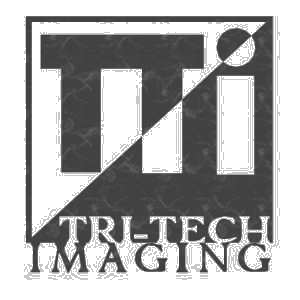Welcome to

Tri-Tech Imaging, Inc.
Please select the choice which best describes your browser.
Text Only or Low Bandwidth (less than 14,400bps)
Non-Netscape Browser or Netscape ver. less than 2.0
Netscape 2.0+
I need help!

You need two things to make a graphics web-site practical. You need a browser which supports graphics (such as Unix mainframe systems) and you need a fairly fast modem. Since this society (and ESPECIALLY the internet sub-culture) requires instant gratification, I have created an option that will work on non-graphics browsers, and be snappy for slow modem users. Click here to go to this section.
Advanced browsers, such as Netscape & Internet Explorer, allow for much niftier web-sites by adding tags that are not "officially" noticed (yet.) Since there are several browsers which don't support these tags, I have created a section which is graphically oriented, but does not have any non-standard HTML tags. Click here to go to this section.
Hyper-Text Markup Language (HTML) is a wonderful thing. It allows us a way to share information in an elegant and (usually) well-organized manner. However, in a medium where a billion people can share ideas, things get interesting. There IS actually an official published HTML specification. Unfortunately, this specification is maintained by committee. In addition, the major players in the Web Browser arena (Netscape, MicroSoft, & even Apple) don't feel like waiting around, wondering what that committee is going to approve. So they pretty much implement HTML however they like. No two browsers recognize an identical set of HTML codes (referred to as "tags"). Therefore, the only way for an HTML programmer to KNOW how a web-site will look to a given surfer is to write code specifically to that browser. At this point, I have only written a section for Netscape. Click here to go to this section.